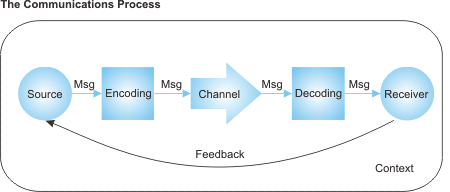Non-verbal communication refers to all those messages excluding spoken words. Those messages are body language such as gesture, facial expressions, eye contact and body posture. For instance, smile on our friends face on seeing us, before they utter even a greeting word, when we go to meet them after long time indicates that he or she is happy to see us.
Touch is another cue of non-verbal communications. It helps in indicating a person’s feelings or expressions, closeness, and illustrates characteristics of that person. A firm and stiff handshake or warm and lovely hug signify obviously different than a loose one.… Read the rest

